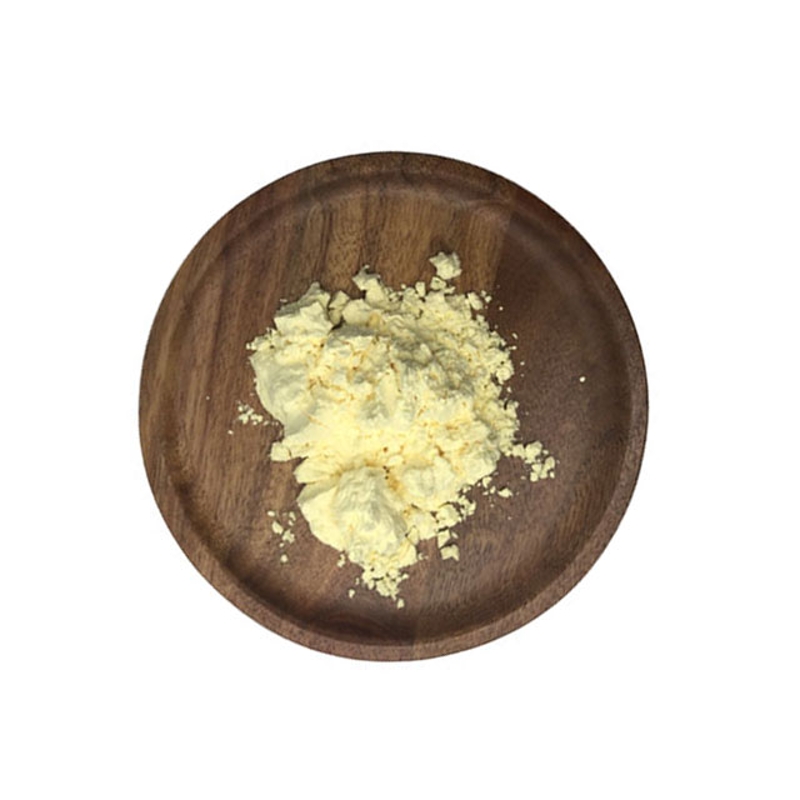-
Categories
-
Pharmaceutical Intermediates
-
Active Pharmaceutical Ingredients
-
Food Additives
- Industrial Coatings
- Agrochemicals
- Dyes and Pigments
- Surfactant
- Flavors and Fragrances
- Chemical Reagents
- Catalyst and Auxiliary
- Natural Products
- Inorganic Chemistry
-
Organic Chemistry
-
Biochemical Engineering
- Analytical Chemistry
- Cosmetic Ingredient
-
Pharmaceutical Intermediates
Promotion
ECHEMI Mall
Wholesale
Weekly Price
Exhibition
News
-
Trade Service
The global pandemic of the new crown outbreak, herd immunity, is once again in the public eye and under sustained attention.
fact, it is not the first time that mass immunization has emerged in the long history of human fighting infectious diseases.
40 years ago, the eradication of low-level influenza was a classic case of mass immunization, achieved through a combination of measures such as mass vaccination, surveillance and containment of outbreaks, and it is by far the only human disease to have been eliminated.
addition, the corresponding incidence rate among adults and unvaccinated people continued to decline after children were routinely vaccinated against influenza B and Streptococcus pneumoniae, which is also a success story for vaccine-induced group immunization.
Recently, the Journal of the American Medical Association (JAMA) published a review of "group immunity" by a team of Yale experts, which explains several important indicators and factors affecting the effectiveness of group immunity in the context of the new coronary pandemic, including the thresholds required to block transmission, the duration of protection, population contact characteristics, T-cell immune response, and the role of vaccines and the risk of natural infection;
concept of group immunity is that when a sufficient proportion of individuals in the population have developed immunity to an infectious disease pathogen, other susceptible individuals in the population can be protected from infection.
other words, because there is no access to enough susceptible individuals, infected people can no longer spread the disease to others, thus ending the epidemic of an infectious disease.
individual-specific immunity can be obtained through natural infections or through vaccination.
use of the term began more than a century ago, and with the roll-out of vaccination programmes in the second half of the 20th century, the concept of mass immunization became more common.
immunity, how many people do you need to develop immunity? The minimum proportion of individuals in the population who have gained immunity, as needed to break the chain of disease transmission, is the threshold.
when the immunization ratio exceeds this threshold, the current transmission of pathogens is interrupted and outbreaks are extinguished.
in the most simplified cases, the threshold depends on the number of basic regenerations of the pathogen (R0, the average number of infections per infected person in a completely susceptible population without intervention).
its calculation formula is, threshold (required immunization ratio) . . . 1/R0.
is not difficult to understand, the greater the R0, the more infectious the disease, the higher the proportion of immune population required to achieve group immunization.
example, measles has an R0 of 12-18, so more than 90 percent of the population needs to be immune to stop the measles epidemic.
poliomyelitis (polio), smallpox, 1918 flu, SRAS, and their population immune thresholds are also very high.
Since the outbreak began, most studies have estimated the estimated value of the new coronavirus R0 at about 2-3, and it can be speculated that in the absence of any preventive measures, about 50%-67% of the population needs to form immunity to the new crown in order to stop the spread of the disease.
of immune tubes in this group? Even with group immunization, it is not once and for all.
the body's immune memory of pathogens is a key factor in the protection effect at the population level and the sustainability of group immunity, whether through natural infection or vaccine induction.
long-term immunization against measles, chickenpox and rubella, whether infected or vaccinated.
and the immunity of seasonal coronavirus is short-lived.
if immunity lasts for a short period of time and there is no corresponding vaccine, the state of group immunity can easily disappear, and susceptible populations quickly increase, followed by a resupte of the disease.
effective vaccines and effective vaccination programmes are helping us to maintain group immunization at the necessary levels to reduce outbreaks.
: Why should the flu vaccine be played year after year, and measles vaccine only once a lifetime? Other factors affecting the effectiveness of group immunity1) There is an important "ideal" premise for estimating the complex group immune thresholds for interpersonal exposure: assuming that the chances of exposure are similar between different individuals in the population.
but the actual situation is much more complex, people do not occur randomly.
effects of this highly heterogeneic human contact on group immunity are uncertain.
2) The cross-protective effect of T cells T cells play an important role in the immune system.
has been suggested that in some populations, T-cell memory pre-existing with other coronavirus can cross-react to new coronavirus, an immune response that can be translated into varying degrees of protection.
the response to the new crown, is the group immunization strategy reliable? In particular, the article points out that there is a risk if people at low risk are naturally infected to be immunized against the new crown.
, even though infection mortality is relatively low, natural infections eventually lead to a significant number of deaths, taking into account that no immunity is developed in the large base population.
, on the other hand, it is not practical to expose low-risk populations while isolating high-risk populations at the same time.
addition, so far, there have been no cases of successful mass immunization through naturally infecting specific populations.
, 80 experts from the industry expressed similar concerns in the Lancet.
the outbreak has developed, the results of large-scale serological studies in several countries have also shown that the antibody-positive rate is far from the level of group immunity.
, it is still unknown how long the new coronary antibody will last.
()







